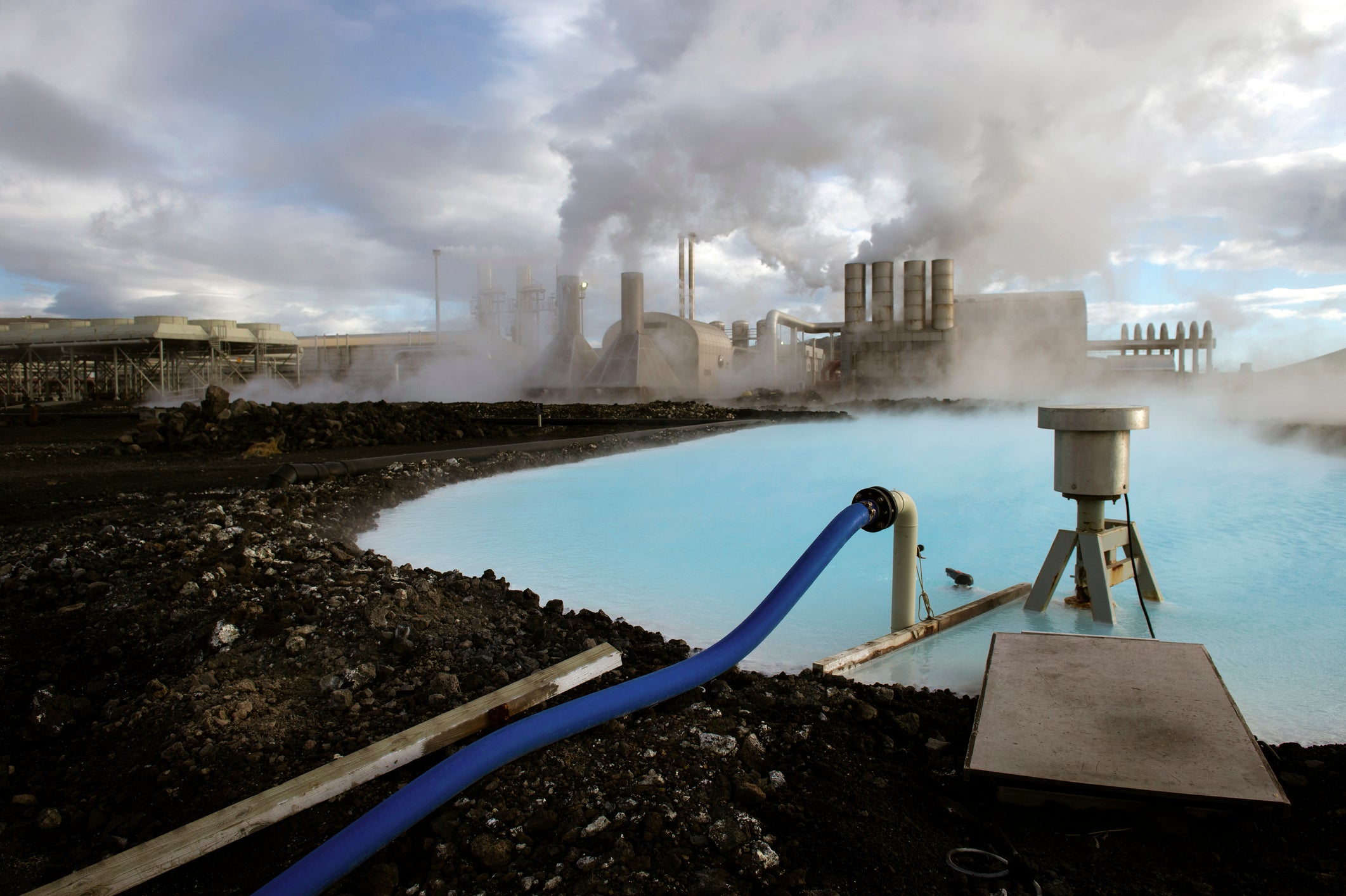
Across all sectors of the global economy, renewables still cover just 12.7% of the total energy system, according to new research from Paris-based think tank REN21. In fact, in fuels and heat, which provide most of the world’s energy, renewable energy only has shares of 3.6% and 9.2%, respectively.
A lack of attention to all energy carriers, a failure to diversify renewable energy technologies beyond wind and solar power, deficiencies in policies, bottlenecks in permitting and grid connections, unequal investment levels in different regions, and continued large investments in fossil fuels are all barriers preventing renewable energy from contributing effectively to meeting the world’s climate and development goals, states the research. Financial flows are also still not shifting fast enough towards renewables and away from fossil fuels: of the $640bn in global power investments in 2022, 26% went to fossil fuels and nuclear power, even though renewable electricity is the cheapest option, the authors state.
The report, Renewables in Energy Supply, covers the way final energy is distributed among heat, fuel and electricity, geographies and technologies – including bioenergy, geothermal power and heat, heat pumps, hydrogen, hydropower, solar PV, concentrated solar power (CSP), solar thermal heat, ocean power and wind power. Global energy supply is currently split mostly among heat (49%) and fuel (29%), with electricity having the lowest share (22%).
In better news, the share of renewables in the global power sector reached 30% in 2022, primarily off the back of long-term policy attention that enabled market and technology development and drove down costs. Renewable power, however, is still heavily concentrated on solar and wind, with the pair contributing 92% of annual additions and only 8% coming from other renewables such as hydropower, geothermal, bioenergy, CSP and ocean power.
From a regional perspective, China led the world in renewable energy investments in 2022, with 55% of the global total, followed by Europe with 11% and the US with 10%. Africa and the Middle East received the lowest share of renewable investments by region at only 1.6%.
Similarly, most of the worldwide deployment in renewables was in China, which accounted for 44% of all solar capacity additions and 38% of all wind capacity additions in 2022.
“The record growth of renewables in the electricity sector is positive news,” said REN21 executive director Rana Adib in a press statement. “However, we need to more than double this growth and to achieve deep electrification of the heat and transport sectors. We also need to invest heavily in grid infrastructure to address climate change and to provide access to over 700 million people living without electricity, mainly in Africa and Asia.
“We cannot continue to neglect […] renewable heat and fuels – if we are serious about cutting emissions and addressing the climate, energy and poverty crises. It took time, investment and policy attention to expand to 30% renewable power. We now need to award heat and fuels similar policy attention to achieve the critical shift we need.”



